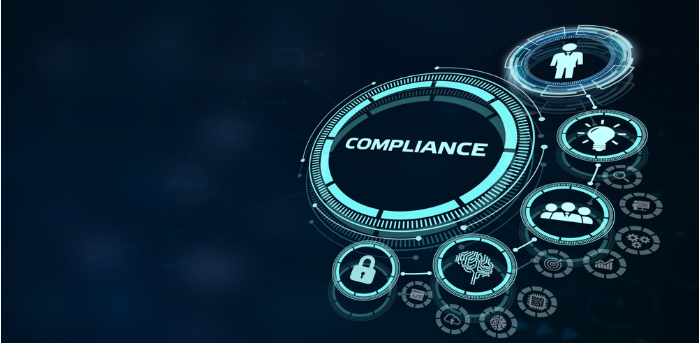For the longest time, organizations viewed compliance as an in-house responsibility focused on their own processes, systems and people. Nevertheless, digital connections have dramatically changed business models over the last decade. Businesses today are interconnected, relying heavily on third parties such as vendors, partners, and managed service providers for essential functions. This extensive intermingling with external entities has expanded the compliance perimeter.
Expanding Web of Third Parties
Modern enterprises engage with thousands of external vendors and partners around the world for vital capabilities. These include major categories like:
- Cloud services providers for storage, software and infrastructure
- Marketing agencies with customer data access
- Call center partners for customer support
- Law firms with sensitive litigation information
- Engineering contractors with confidential IP
- Consultants with access to systems and data
- Channel partners that influence brand reputation
- Manufacturers and suppliers in the supply chain
When these third-party entities handle sensitive information, perform critical business functions or use an organization’s assets on its behalf, they become an extension of the enterprise.
Growing Risks from Third-Party Compliance Gaps
Recent research indicates that more than half of all compliance violations today originate from third parties that work with the organization in some capacity. Some examples of compliance risks introduced by vendors, partners and managed services include:
- Data Breaches: Third parties often have access to sensitive customer information, employee records, trade secrets or upcoming product designs. Breaches at vendors frequently expose such data putting the organization at compliance risk besides legal, PR and financial impact.
- Privacy Violations: External entities processing personally identifiable information (PII) on the organization’s behalf can misuse data or fail to protect it, contravening mandates like GDPR.
- Security Lapses: Weak controls around access, encryption and activity monitoring at third parties can help attackers easily gain a foothold into the organization’s systems by breaching the vendor first.
- Contract Non-compliance: Governance terms related to security policies, retention periods, geographic restrictions on data and background checks defined in contracts might be violated by vendors.
Making Compliance Accountable to Third Parties
Forward-thinking companies are extending compliance responsibility across their third-party ecosystems to make external vendors as answerable for governance policies as internal teams. According to the people at ISG, effective third party risk management has become a cornerstone of modern compliance programs. Some critical capabilities in this expanding realm of third-party compliance management are:
- Maintaining a frequently updated inventory of all vendors with access to sensitive assets along with unique IDs assigned to each third party organization.
- Tracking the specific nature of connectivity between third parties and internal data sources, systems, networks, and applications.
- Continuously monitoring compliance performance of third parties against contractual obligations and regulatory mandates.
- Quantifying residual risk from each vendor based on their level of access into the organization and compliance deficiencies.
- Dynamically responding to incidents like unauthorized data transfers, security lapses and non-compliant activities.
- Using advanced analytics to identify unseen correlations and patterns across compliance metrics that highlight vulnerabilities introduced by third parties.
Proactively extending compliance management to the entire third-party ecosystem using the above strategies means organizations can preemptively avoid data, reputation and financial loss from compliance failures happening outside their walls.
Conclusion
Compliance today is no longer an internal issue that begins and ends within the organization’s boundaries. With businesses entrusting external vendors and partners with critical data access, systems connectivity and regulated business functions, third parties lie firmly within the compliance perimeter. Continuously tracking policies and obligations across a dynamically changing population of vendors is vital for managing risk. Getting compliance accountability to transcend beyond internal teams to encompass third parties has therefore become a key imperative to remain resilient in the face of growing regulations.

